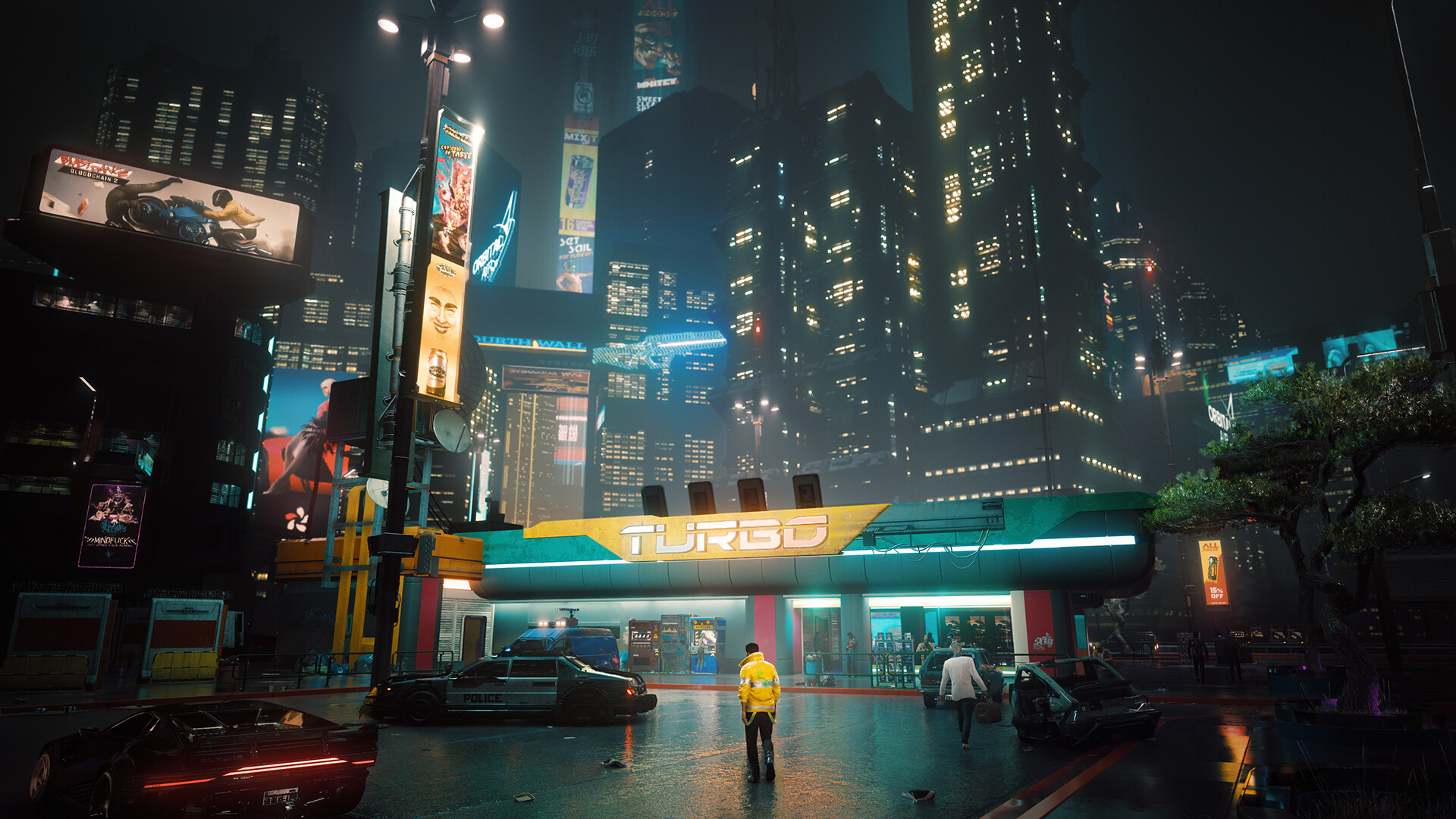Of all the potent, intoxicating brews the video game industry has concocted over the years, few are as compelling as the genre mashup. It’s an alchemical process, taking established elements and combining them to create something familiar yet entirely new. Some blends are predictable; others are revolutionary. And then there is Dead Cells, a game that didn’t just mix genres but perfected their fusion into a seamless, exhilarating, and brutally rewarding whole. Its score—the very essence of its being—is a masterful composition of Roguelike repetition, Metroidvania progression, and Souls-like combat, creating a symphony of interactive design that continues to resonate years after its release.
At its core, Dead Cells is a Roguelike. This is the foundational rhythm of the experience, the stark, unforgiving baseline from which all other melodies emerge. Death is not a setback; it is the primary mechanic. Each run, each frantic dash through the ever-shifting corridors of a diseased island, is a transient life. You are the Prisoner, a failed experiment condemned to an endless cycle of rebirth and failure. With each death, you are unceremoniously dumped back at the beginning, stripped of the weapons, powers, and gold you so carefully hoarded. This structure could easily breed frustration, but Motion Twin’s genius lies in its subversion of the Roguelike’s inherent nihilism.
The progression is not in the character, but in the player. Muscle memory is forged in the fires of repeated failure. You learn the attack patterns of the rampaging Inquisitor, the telegraphs of the towering Knife Thrower, the devastating lunge of the failed experiment that is the Rampager. This knowledge is permanent. Coupled with this organic growth is a mechanical one: the collection of Cells. These glowing green orbs, currency harvested from slain enemies, can be desperately rushed to the end of a level and invested between runs into the Legendary Forge. This permanently increases the quality of weapons found in subsequent runs, and unlocks new gear, health flasks, and tools. It’s a brilliant system that transforms the sting of death into a moment of strategic investment. A failed run is never a total loss; it is a deposit into a future success, a slow but steady tilting of the odds in your favor. The Roguelike structure provides the punishing, addictive loop, but it is merely the canvas.
The paint splashed across this canvas is pure, unadulterated Metroidvania. The island is a sprawling, interconnected ecosystem of biomes, each with its own terrifying flora, fauna, and environmental hazards. The Promenade of the Condemned offers a deceptively gentle introduction, while the Toxic Sewers fester with poison and despair. The Clock Tower’s vertical ascent is a test of precision platforming under duress, and the Forgotten Sepulcher threatens perpetual darkness. You cannot access all these areas from the start. The genius of Dead Cells’ Metroidvania DNA is how it gates progress not through keys found in a single playthrough, but through permanent abilities unlocked across multiple runs.
The first time you encounter a rune gate or a teleportation statue, it is an insurmountable wall. You must press on, and likely die. But eventually, you will defeat a specific boss—the first of many skill checks—and be granted a permanent Metroidvania-style ability: the Ram rune to break through certain floors, the Spider rune to scale walls, the Homunculus rune to explore areas with your detached head. These abilities are not lost on death. Once acquired, they forever change the topological map of the island in your mind. Subsequent runs are no longer linear paths but branching journeys. Do you take the Arboretum for better loot, or the Morass of the Banished for a chance at a specific blueprint? The world opens up, not within one life, but across the tapestry of all your lives. This transforms the Roguelike structure from a simple linear sprint into a deeply exploratory and strategic endeavor, fulfilling the core fantasy of a Metroidvania over a macro, rather than micro, timeline.

Yet, a beautiful world and a clever progression system would mean little if the moment-to-moment action weren’t impeccable. This is where the game’s Souls-like combat cadence completes the trinity. There is no button-mashing in Dead Cells. Every action is a committed, weighty decision. A mistimed dodge roll, a greedy extra swing of your broadsword, a panicked jump—each can be instantly, fatally punished. The combat is a dance of observation, reaction, and measured aggression. Parrying an attack with a shield is not just a defensive move; it’s a visceral, screen-shaking event that can freeze nearby enemies, poison the attacker, or unleash a counter-strike. The arsenal is ludicrously vast and encourages wild experimentation, from classic swords and bows to absurdly powerful (and risky) items like the Lightning Bolt or the versatile Great Owl of War. Finding a synergistic combination of two weapons and two skills is the key to a successful run, and the thrill of discovering a new build is a powerful driver.
The true masterpiece is how these three genres are not layered but interwoven. The Metroidvania exploration is paced by the Roguelike’s run-based structure. The Souls-like combat is the constant that gives weight to both. The permanent unlocks alleviate the potential despair of the Roguelike format, while the permadeath ensures that the Metroidvania’s world never becomes stale or completely known. They feed into each other in a perfect, self-sustaining cycle of challenge and reward.
Dead Cells is more than the sum of its impeccably chosen parts. It is a testament to the power of elegant, interlocking game design. It understands the addictive core of Roguelikes, the wonder of Metroidvania exploration, and the intense satisfaction of mastery found in the toughest action games. It respects the player’s intelligence and time, offering a challenge that is never insurmountable, only demanding of focus and adaptation. It is a game that, like all great scores, reveals new layers and deeper harmonies with each subsequent playthrough, a relentless, brutal, and utterly brilliant symphony of cells, steel, and perpetual rebirth.















